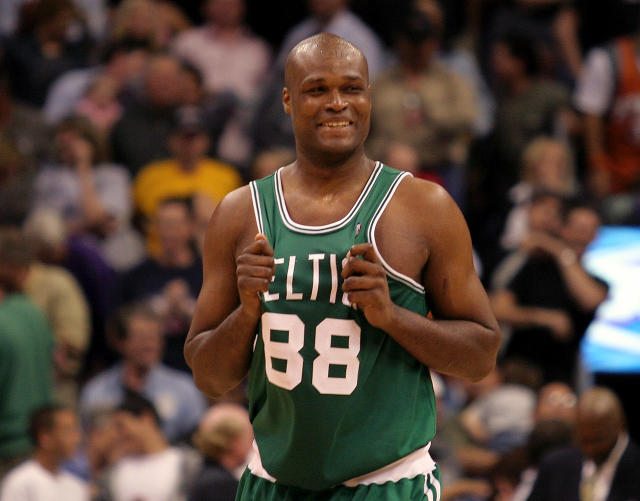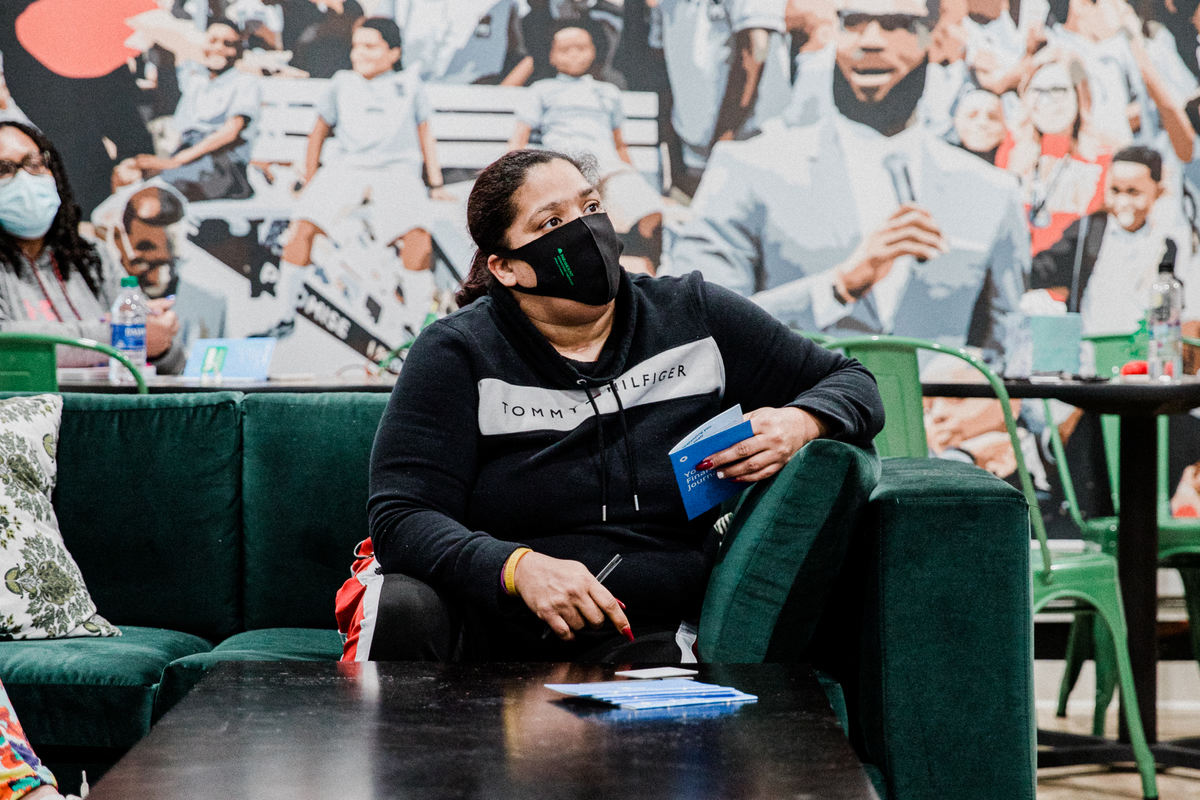Table of Contents
Use Case: The shift in financial literacy and mindset among basketball players
Have you ever caught yourself justifying expensive purchases right after getting a raise, a new job, or even a pay day?
How, all of a sudden, that daily cup of artisanal coffee, brand new iPhone, and bigger apartment with an even bigger monthly rent organically move from non-essential to essential simply because you can afford them now?
And despite your new money, it’s so much harder to save?
Earning more money is a trap because it gives you that boundless sense of “I worked hard for this, therefore I deserve to reap the benefits.”
That is why it is important to always be mindful of your financial goals and your current spending behavior to ensure you’re able to focus on what you are working towards rather than succumbing to this inflation in lifestyle.
However, keeping a close eye on your spending with respect to your financial goals is easier said than done. This is because, most often than not, you don’t even realize it’s happening.
What is Lifestyle Creep?
Lifestyle creep, also known as lifestyle inflation, refers to the gradual increase in spending when an individual's income rises. As people earn more money, they tend to increase their spending on non-essential items, believing that these luxuries are now their right to have rather than a choice. This shift in mindset can lead to spending more on things you previously deemed unnecessary, such as expensive dining, premium travel, or high-end gadgets.
There are a few components to Lifestyle Creep: your income and all the expenses that fall into under the WANTS category (as opposed to NEEDS).
How Lifestyle Creep manifests
Lifestyle creep can start small but can quickly grow if left unchecked.
Here are some common examples:
- Daily Coffee Runs: Spending several dollars per day on gourmet coffee instead of making it at home.
- Premium Travel: Choosing to fly premium economy or business class instead of coach.
- Frequent Dining Out: Eating out more often and at more expensive restaurants.
- Luxury Clothing: Buying expensive clothing brands when more affordable options would suffice.
- Housekeeping Services: Paying for housekeeping services instead of doing the cleaning yourself.
- Upgrading Housing: Renting or buying a larger home than needed or purchasing a second home.
- Vehicle Upgrades: Buying a new car more frequently or investing in luxury cars.
Use Case: The shift in financial literacy and mindset among basketball players
Compared to the older generations, players of the recent generation are more aware of the importance of financial literacy.
They are learning from past mistakes and taking proactive steps to secure their financial futures, setting a positive example for the next generation of athletes.
Examples of players who experienced extreme lifestyle creep

Antoine Walker
- Earnings: Over $108 million.
- Outcome: Declared bankruptcy just two years after retiring due to lavish spending and poor financial management, highlighting the risks of overspending and lack of financial planning.
Allen Iverson
- Earnings: More than $200 million.
- Outcome: Faced financial troubles post-retirement due to extravagant lifestyle choices, underscoring the importance of financial education and responsible spending habits.
Players instrumental to this shift in financial mentality
Michael Jordan played a significant role in shaping the financial mindset of basketball players, especially during his time and in the years that followed. Jordan's success both as a player and a businessman has made him a role model for many athletes. His Air Jordan brand, which is a subsidiary of Nike, has become one of the most successful and iconic sportswear brands in history.
LeBron James has also been arguably the most instrumental player in shifting the mentality towards smarter financial management among other players. His approach to investing in businesses and building a diversified portfolio has set a new standard for financial responsibility among athletes.
Additionally, LeBron's advocacy for financial literacy and education has helped raise awareness about the importance of making wise financial decisions early in one's career. His success both on and off the court has inspired other players to take a more proactive approach to securing their financial futures.

So, knowing that Lifestyle Creep is a reality and how it could manifests in your life is one thing, but actually being able to keep track of this phenomenon, along with your expenses and financial goals is another.
But don't worry, we're here to help
We are TackWallet, and we've been there.
We understand how hard it is to stay on top of our own finances, much less, keeping track of whether we are experiencing Lifestyle Creep or not.
This is one of the reasons why we created TackWallet. It's a personal finance app that makes it easy for households, couples, groups, families, etc. to stay on top of their finances.
Here at TackWallet, we quantify lifestyle creep using this simple formula:
Lifestyle Creep Rate = Monthly WANTS Expenses / Monthly Income
This ratio helps you understand how much of your income is going towards wants rather than needs. A higher ratio indicates a higher degree of lifestyle creep.
Calculate this for each month and you will see the trend of how lifestyle creeps happens in your life.
What Goes into WANTS Expenses?
Understanding which expenses contribute to lifestyle creep involves categorizing your discretionary spending.
Here are some common categories of WANTS expenses:
| Expense | Description |
|---|---|
| Entertainment | Movies, concerts, and recreational activities. |
| Pet Grocery | Non-essential pet food and treats. |
| Pet Grooming | Professional grooming services for pets. |
| Pet Healthcare | Non-essential healthcare expenses for pets, such as supplements or elective procedures. |
| Pet Insurance | Insurance plans that cover pet-related expenses. |
| Pet Travel | Expenses incurred when traveling with pets, including pet-friendly accommodations. |
| Restaurants | Dining out at restaurants, including takeout and delivery. |
| Rideshare | Using rideshare services like Uber or Lyft instead of public transportation or walking. |
| Shopping | Purchases of clothing, electronics, home decor, and other non-essential items. |
| Subscriptions | Subscriptions to streaming services, magazines, gyms, and other recurring non-essential services. |
| Travel | Leisure travel, including flights, hotels, and vacation activities. |
Do you need help keeping track of your expenses, as well as lifestyle creep?
Start gaining a clear understanding of your finances—together with your partner.Start your free TackWallet trial today!
